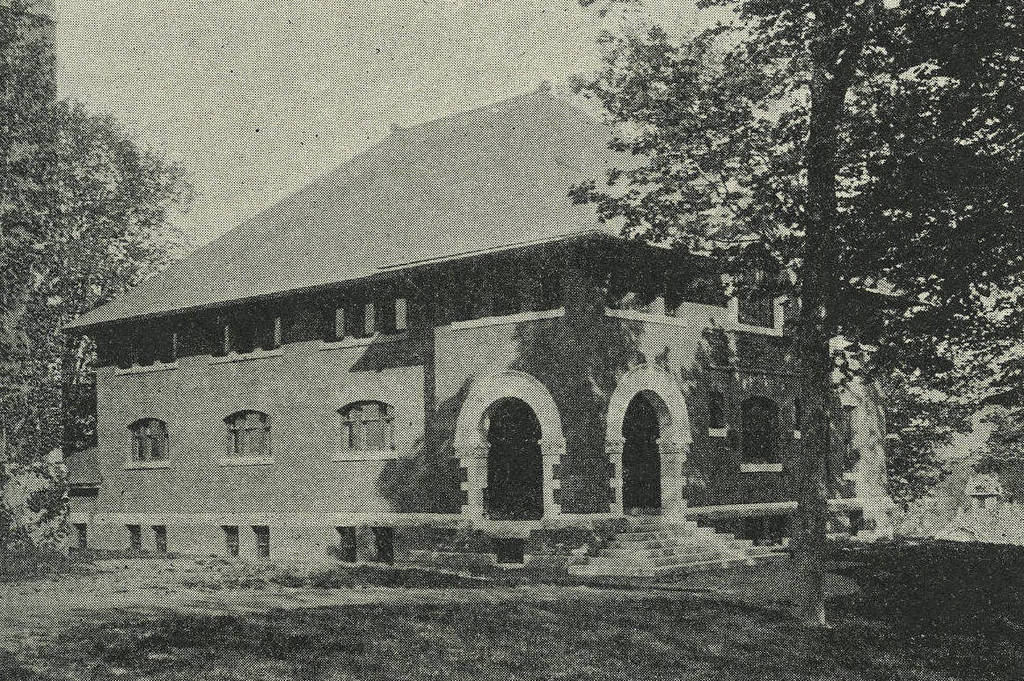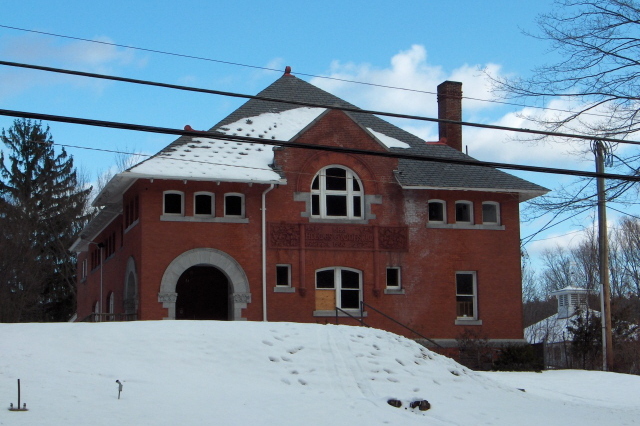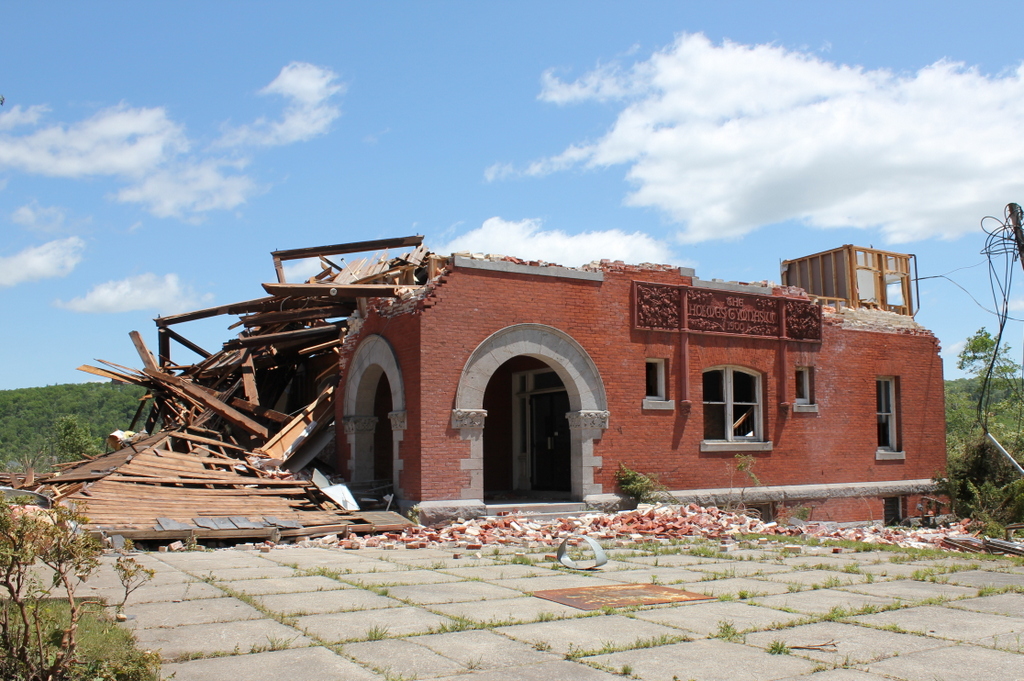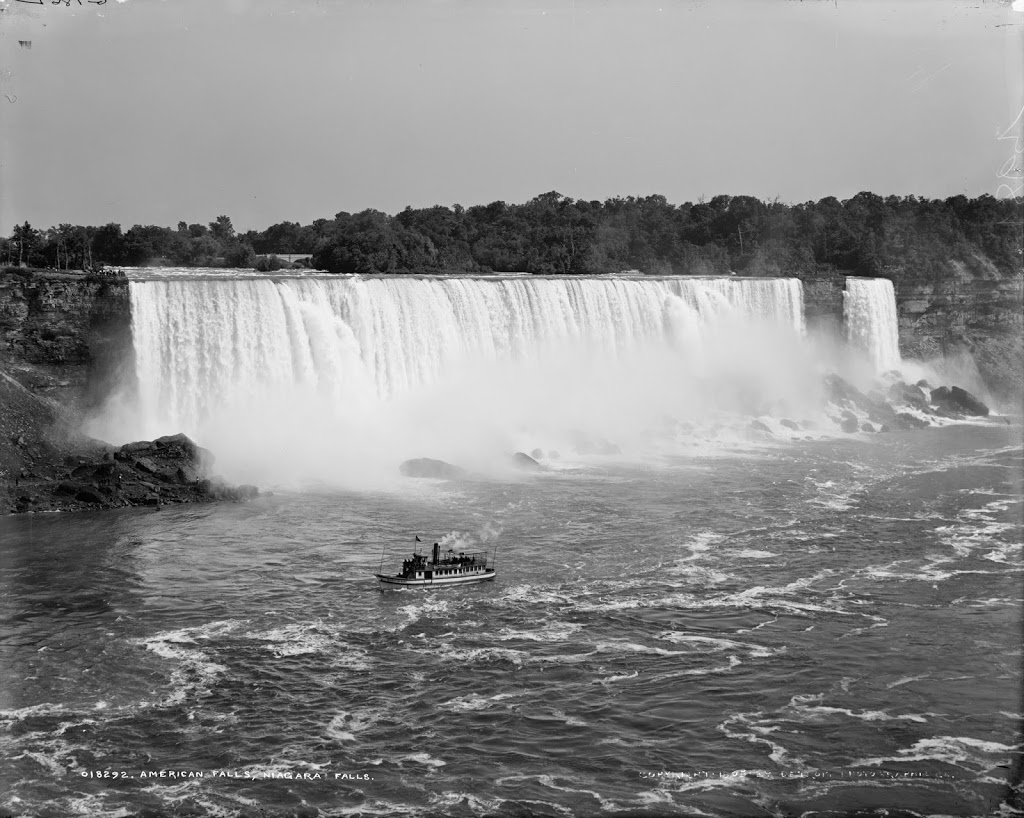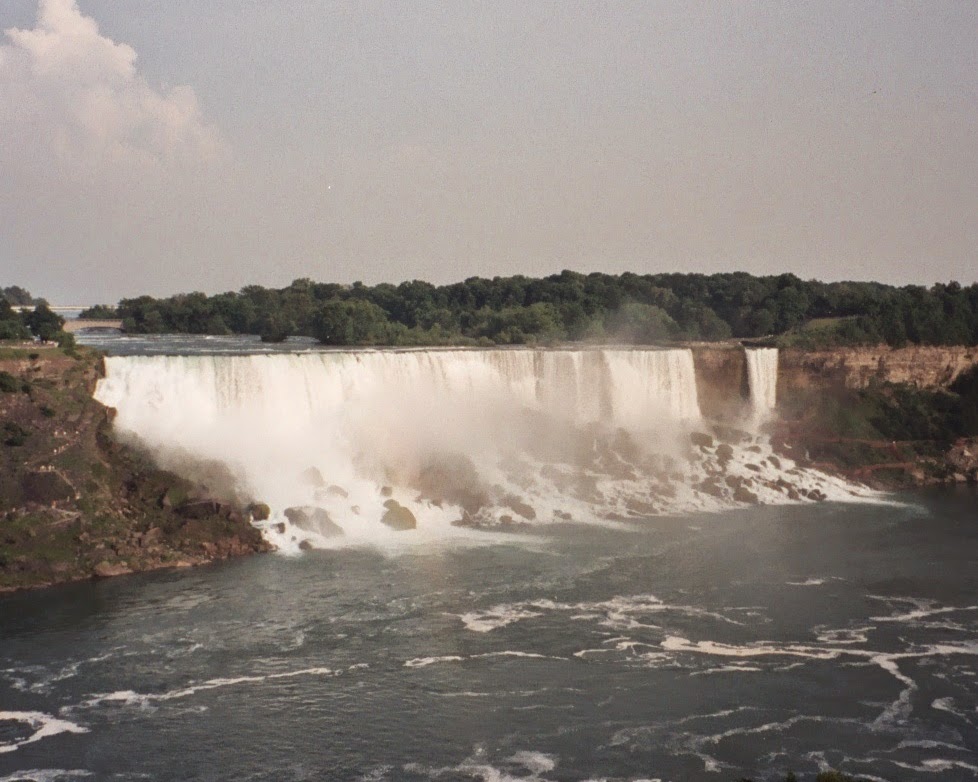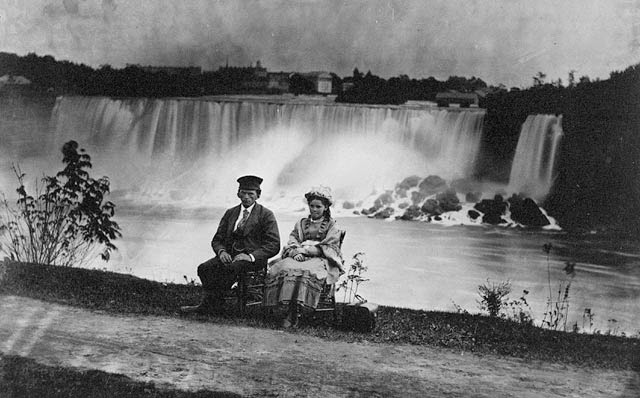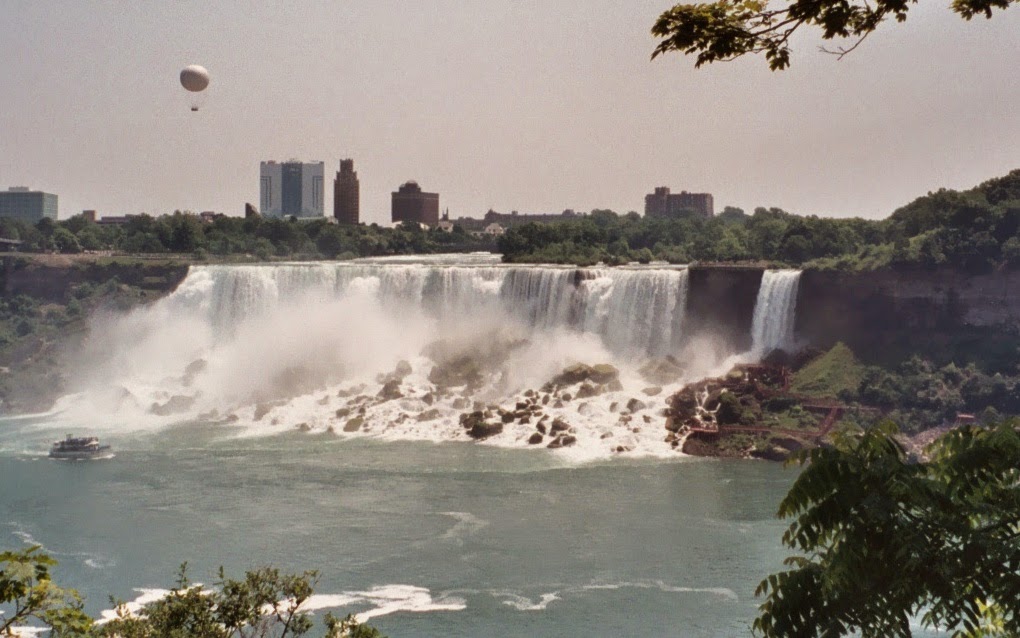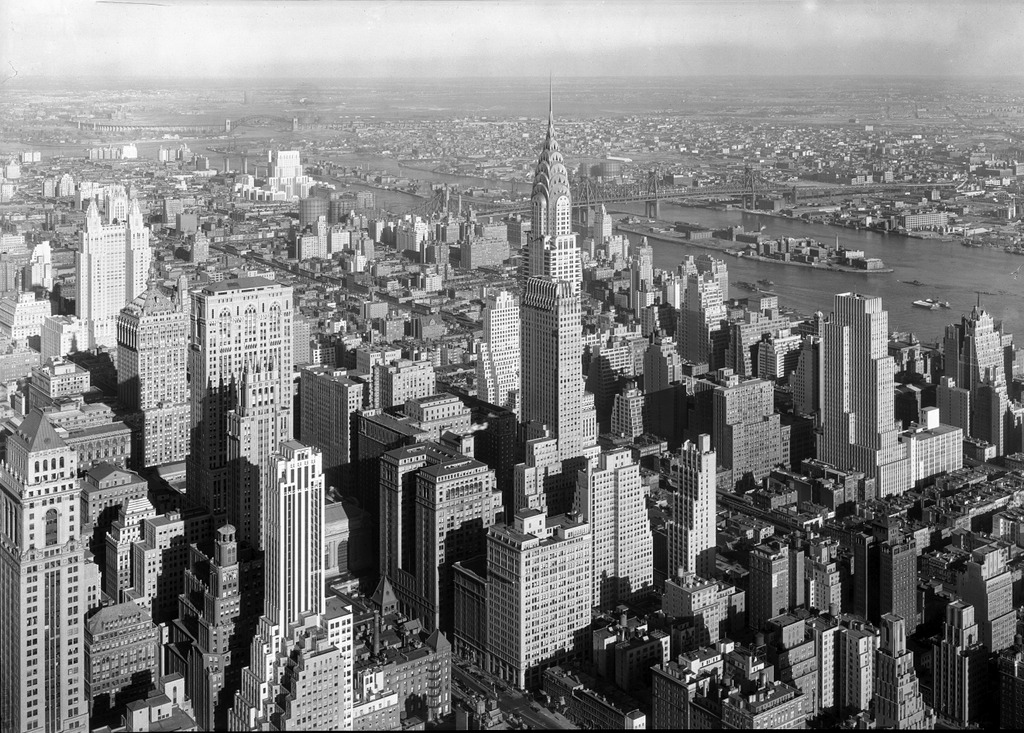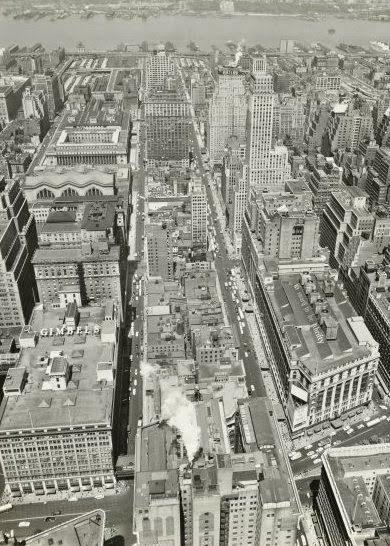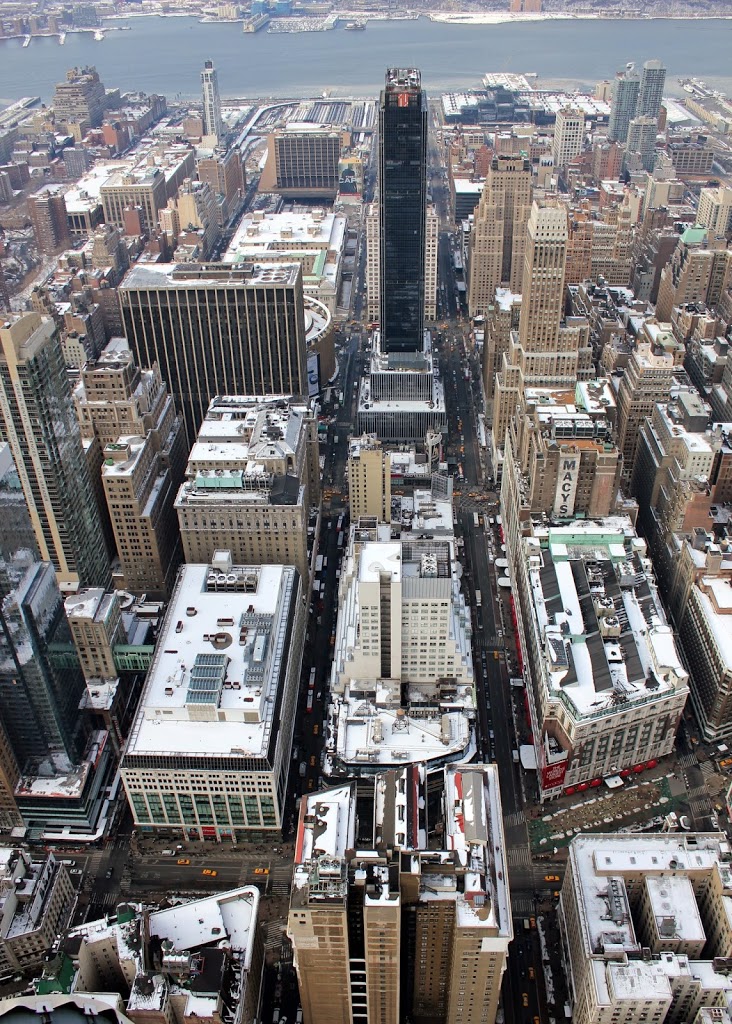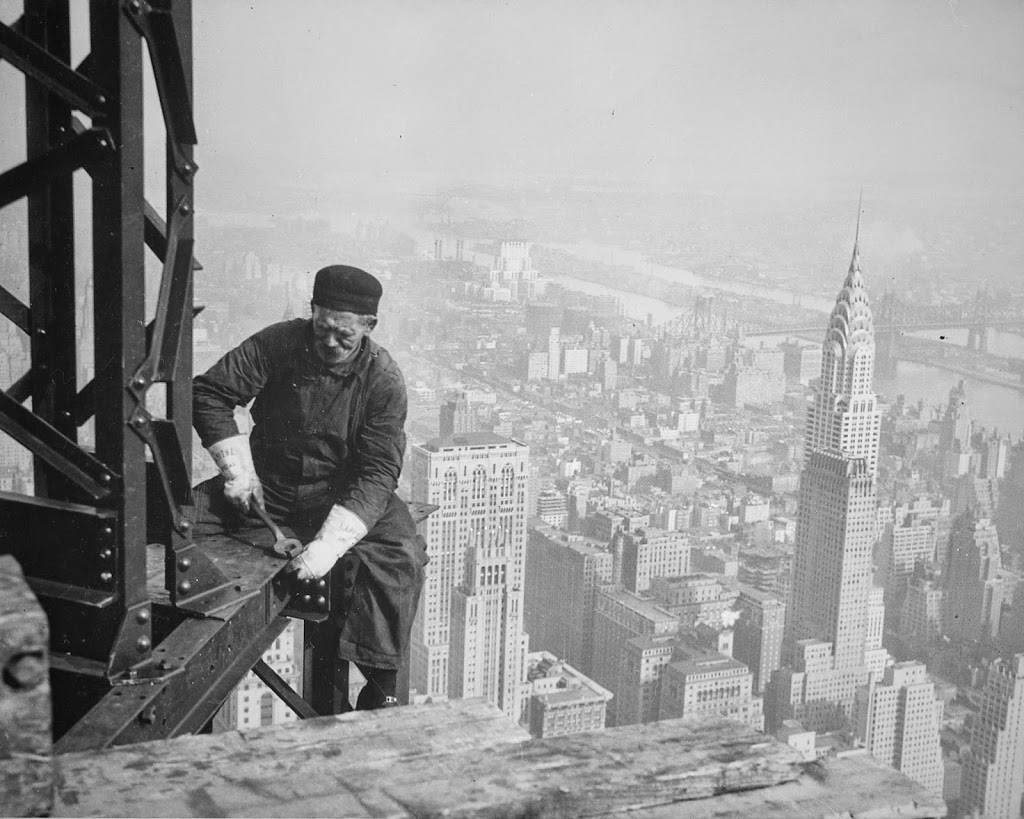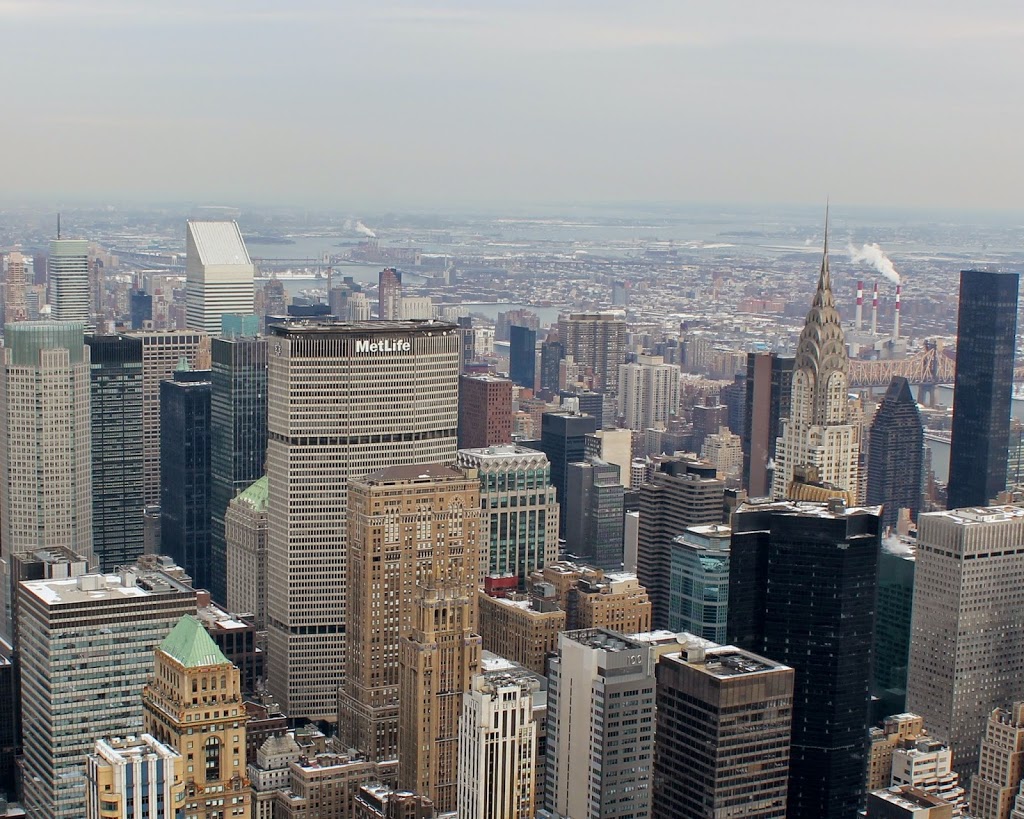The Holmes Gymnasium, part of Monson Academy, taken between 1900 and 1902. Photo from Our County and Its People: A History of Hampden County, Massachusetts (1902).
The building in 2006:
The building in 2011, in the immediate aftermath of the June 1 tornado:
Holmes Gymnasium was built as part of Monson Academy in 1900, on the hill overlooking downtown Monson. Although the academy moved to Wilbraham in 1971 to merge with Wilbraham Academy, the building survived until 2011, when it had its entire upper floor sheared off by the June 1 tornado that devastated West Springfied, Springfield, Monson, Brimfield, and other Western Mass towns. The remains of the building were demolished the following year.

